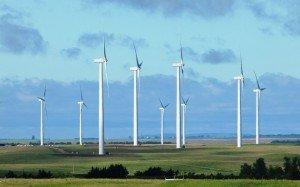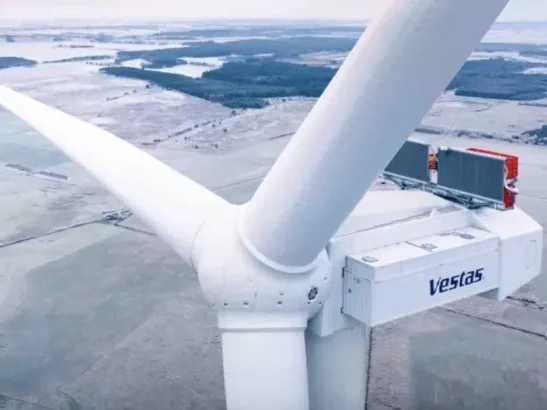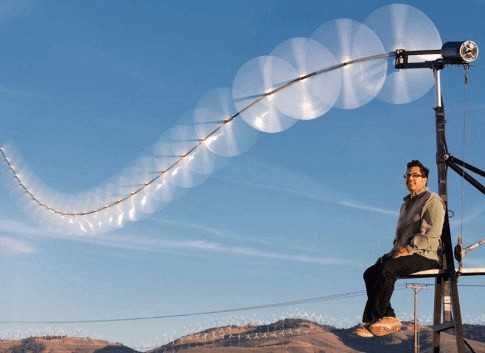When people across the world think of Christmas, they probably think of giving and receiving presents, Goodwill to all men and a time for forgiving and harmony. But in the world of energy, especially wind, it’s become an almost ritualistic time in the States for taking off the gloves and getting mean and nasty over wind energy.
This Christmas, the turkey and pudding are especially well-seasoned and the stage is set for one hell of a set-to. Why?
Because in a Christmas Cracker twist, a coalition of US Governors has waded into the annual festive fray with a letter to House leadership, citing a drop in electricity prices over the past five years, in states that have been producing more wind energy. Wow! That’s going to set the fox among the Turkeys!
The annual US pre-Christmas big wind energy scrap is all over a tax break called the production tax credit (PTC) for wind energy. Congress routinely exercises its ability to support domestic energy production through various subsidies, including tax breaks. And in the past and for many years, this cushioning and coddling was directed almost exclusively at fossil fuels and nuclear energy. But in 1992, Congress passed the first production tax credit for the new kid on the block, wind, as a temporary kick-start to help get the baby industry on a level playing field with other energy sectors. This wind PTC was subsequently and routinely extended, along with virtually every other energy subsidy, with support from politicians of all hues and persuations in the US.
There’s no arguing with the economic track record of wind energy now that the technology it uses has developed and matured. So at State level the Governors’ Wind Energy Coalition is making wind-waves. And it cuts right across the political spectrum in its membership: It includes Arkansas, Kansas, New Mexico, South Dakota, California, Kentucky, New York, Washington, Colorado, Maryland, North Dakota, Delaware, Massachusetts, Oklahoma, Hawaii, Michigan, Oregon, Illinois, Minnesota, Pennsylvania, Iowa, Montana and Rhode Island. See what I mean?
The Coalition sent a letter to House and Senate leaders a few days ago urging a further extension of the PTC for wind energy, boasting stats such as
- 26 percent of South Dakota’s power generation comes from wind.
- In Washington State, developers added 2,800 megawatts of wind energy between 2001-2012
- Oregon generates over 12 percent of its electricity from wind.
- In Iowa (where 27 percent of the state’s electricity generation comes from wind) MidAmerican Energy made the largest capital investment in the state’s history — building a wind farm that will add over $2 billion to Iowa’s economy.

By comparison, US domestic consumption of coal has stalled. Although wind energy and other renewable sources have had the finger of blame pointed at them blamed by some people, natural gas has actually been the biggest rival for coal producers.
And one must not forget that, unlike the UK, the US wind success has been achieved by exclusively onshore wind farms. Once the country’s vast potential of offshore energy begins to get tapped, it’s likely to blow all opposition away and give the US the chance to be head and shoulders above other countries in green energy production.




